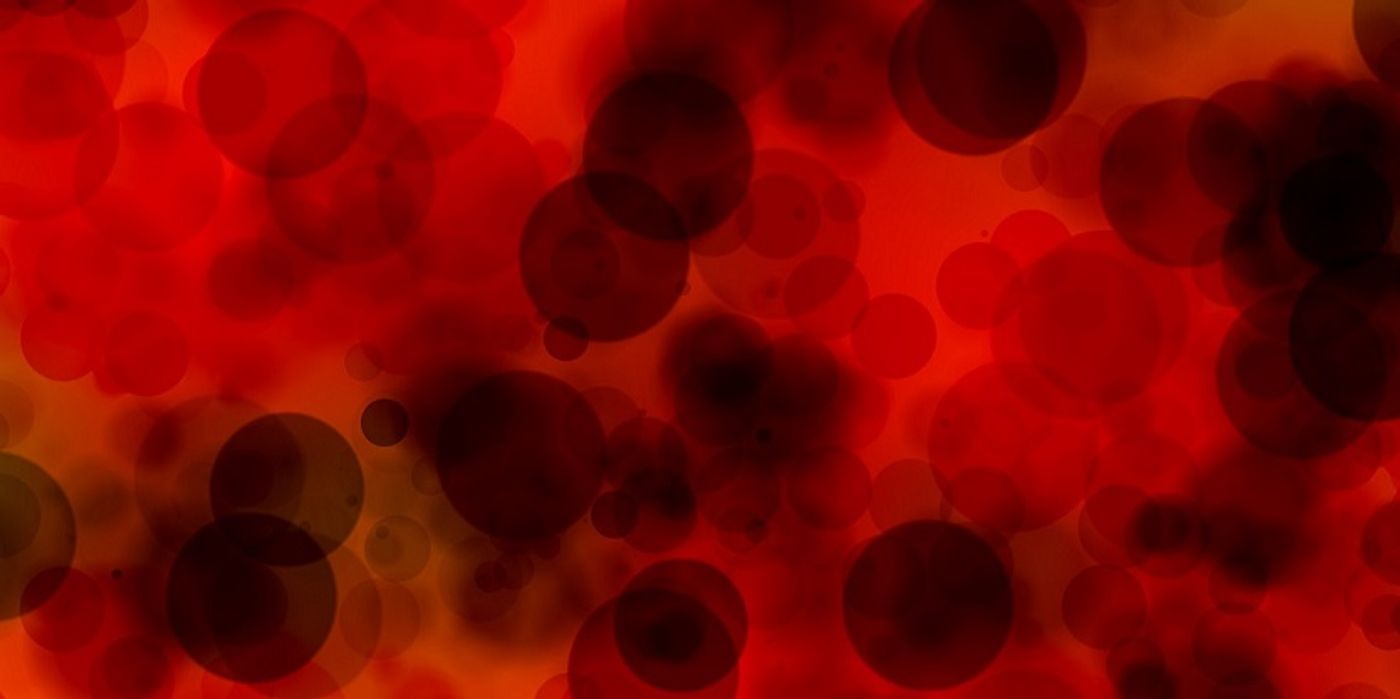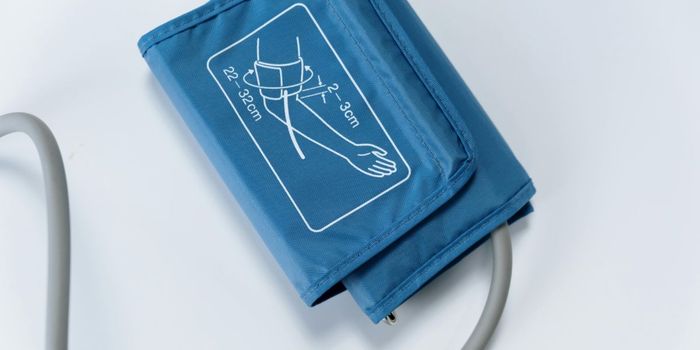Investigating New Ways to Diagnose a Heart of Bone
Calcific aortic stenosis, or calcific aortic valve disease (CAVD), is a progressive cardiovascular disease where the aortic valve in your heart gradually turns to bone. In CAVD, a complex set of signals slowly transform aortic vascular interstitial cells (VICs) into something that resembles a bone cell called an osteoblast. These bone-like cells build up and eventually obstruct the aortic valve, becoming fatal if not treated in time.
The only treatment for aortic stenosis, and by extension CAVD, is a valve replacement. Current diagnostic tools for CAVD, such as CTs or MRIs, are effective but involve injecting synthetic dyes into a patient. In an attempt to develop a non-invasive method, a team from the University of Arkansas hypothesized that something called two-photon excited fluorescence (TPEF) microscopy could be used as a possible alternative.
TPEF is a method that allows scientists to observe changes in a cell’s metabolism. It reads the fluorescence of two critical molecules, NADH and FAD, involved in the production of energy in the mitochondria. In theory, observing changes in both molecules could be used to follow the VICs transformation process. Established biomarkers and structural changes would be used to validate the observations and confirm the hypothesis.
Following the TPEF readout alongside established genetic biomarkers, they saw a clear correlation between the two during the VIC transformation process. Established structural changes in the cell that occur during the transformation process, especially in the nucleus, also correlated with the TPEF.
As an initial proof of concept, this study supports TPEF as a new possible method for diagnosing CAVD. More research is needed before TPEF could be used as a diagnostic tool in the real world, but the possibility of a test that does not need to cause patient discomfort is tantalizing.
The team concludes their study, “Future studies will dig deeper into the exact metabolic changes that occur during CAVD progression and how they relate to observed alteration in measured TPEF metrics, and whether any of these techniques can be translated in vivo.”









